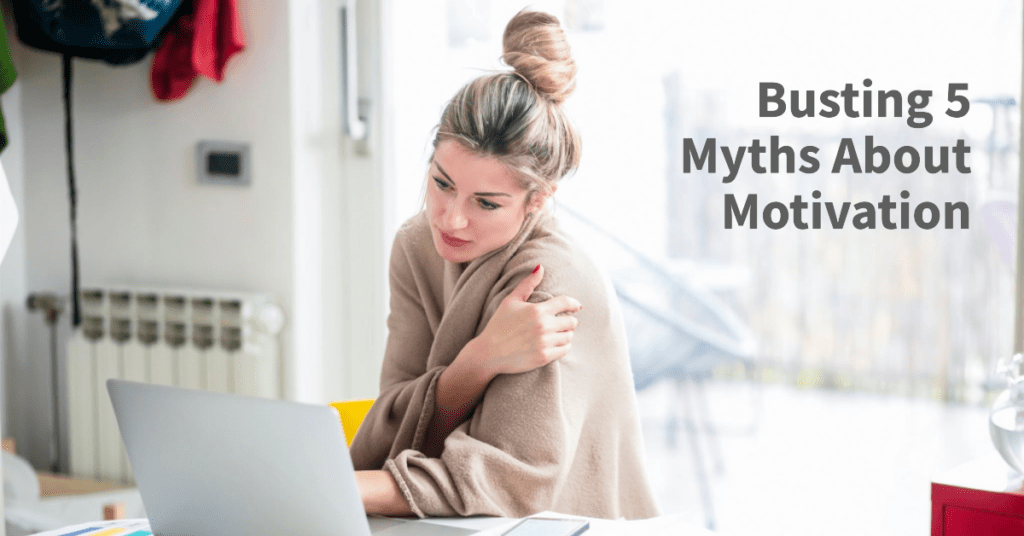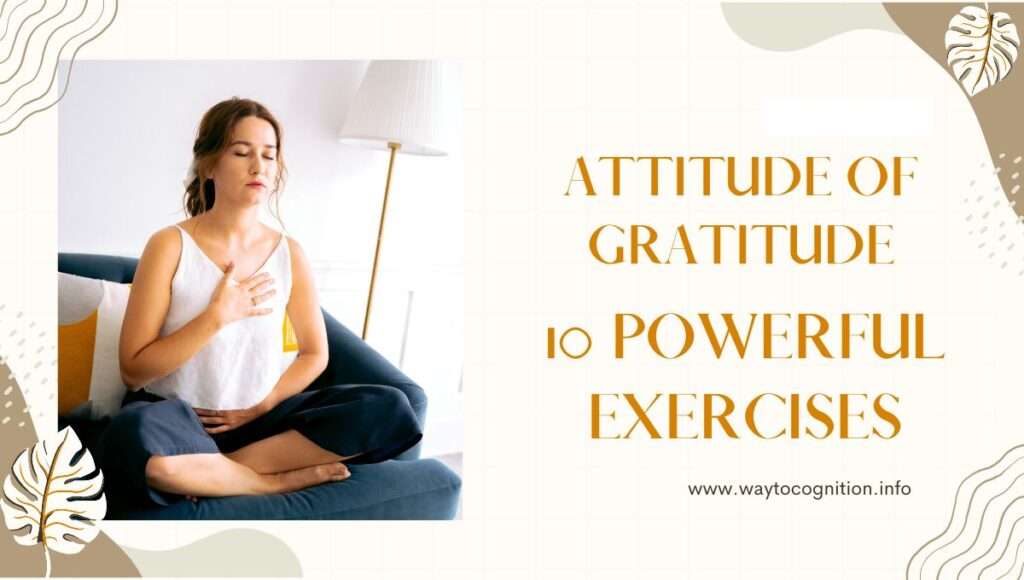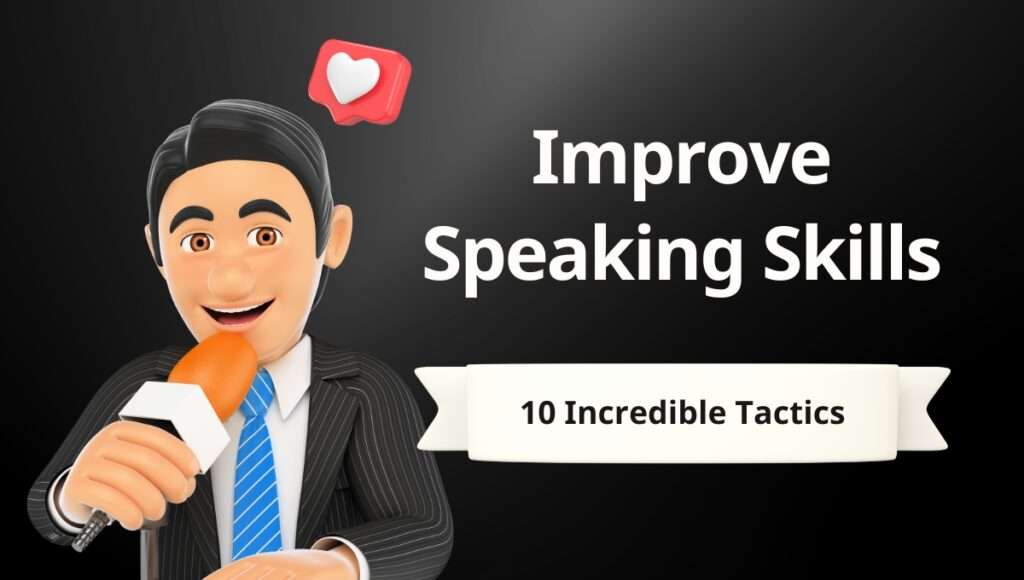7 Powerful Insights into Social Cognition: Unlocking the Secrets of Human Interaction 😎
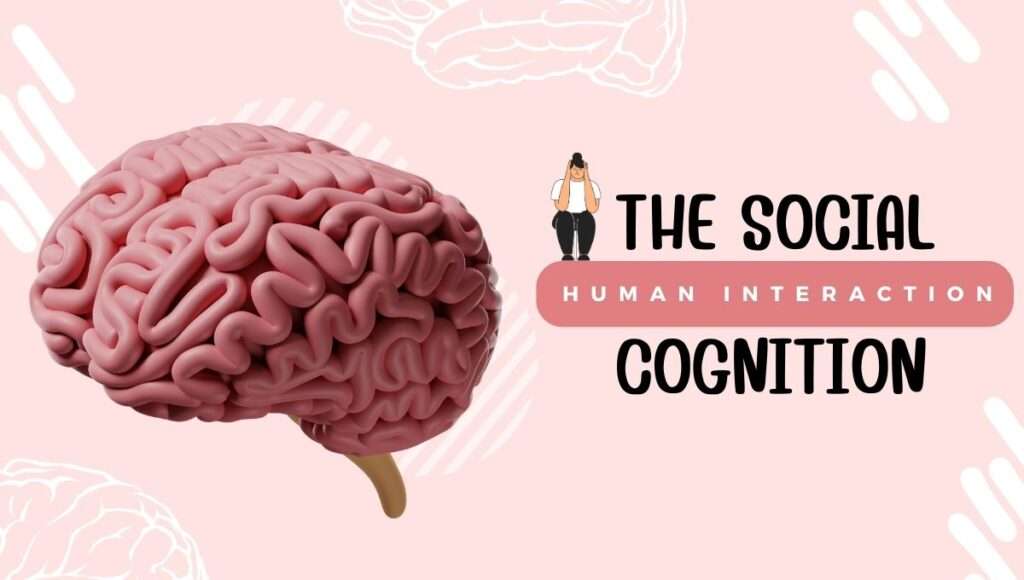
Alright, let’s get something straight: social cognition isn’t just some fancy term that psychologists throw around to sound smart. Nope, it’s the secret sauce that makes or breaks our social game. 🎉 Think of it as the GPS for navigating the maze of human interactions. And trust me, without it, we’re all just wandering around, bumping into walls… or worse, into people’s fragile feelings. 😅
Ever had one of those facepalm moments? 🤦♂️ You know, when you thought you were being the life of the party, but ended up putting your foot in your mouth? Yep, that was probably your social cognition playing tricks on you. But don’t sweat it! We’ve all been there.
Now, if you’re thinking, “Why should I care?”, here’s the kicker: mastering social cognition is like getting a cheat code to life. 🎮 It’s the key to understanding people, building genuine connections, and, let’s be real, avoiding those awkward moments we all dread.
So, buckle up! 🚀 I’m about to drop some knowledge bombs that’ll transform the way you see the world and the people in it. And who knows? By the end of this, you might just become the social ninja you always dreamed of being. 😉
What is Social Cognition: The GPS of Human Interactions 🌍🧠
Okay, pop quiz! 🤓 What do you think “social cognition” is?
a) A fancy dance move 💃
b) The latest diet trend 🥗
c) The way we think about, understand, and interpret ourselves and others in the social world 🤝
d) A type of cheese 🧀
If you picked c), give yourself a pat on the back! (And if you picked d), seriously, we need to talk! 😂)
In simpler terms, social cognition is our brain’s way of making sense of the social chaos around us. It’s like having a built-in GPS that helps us navigate the complex highways of human emotions, intentions, and behaviors. 🛣️🧭
Why It’s a Big Deal 🎉
Imagine walking into a room and not being able to read the mood. Sounds like a nightmare, right? 😱 That’s because our brains are hardwired to pick up on social cues. Whether it’s a friend’s subtle eye roll 🙄 or a stranger’s warm smile 😊, these cues guide our interactions and help us form connections.
But here’s the twist: our social GPS isn’t always accurate. Sometimes, it can lead us down the wrong path, making us misinterpret signals or jump to conclusions. Ever thought someone was mad at you, only to find out they were just having a bad day? Yep, that’s your social cognition playing tricks on you. 🎭
The Magic Behind the Scenes ✨
Our brains are pretty darn amazing. They process tons of information in split seconds, helping us decide how to act or react. This rapid-fire decision-making is powered by our social cognition. It’s like having a mini-me in our heads, constantly whispering advice (and occasionally, some sarcastic comments 😜) about the social world.
So, are you ready to dive into the powerful insights that’ll supercharge your social GPS? 🚀 Or should we take a quick coffee break first? ☕😉
OKKK! Let’s delve into the first of our seven insights. 🕵️♂️
Insight #1: The Role of Perception in Social Cognition 🤔👀
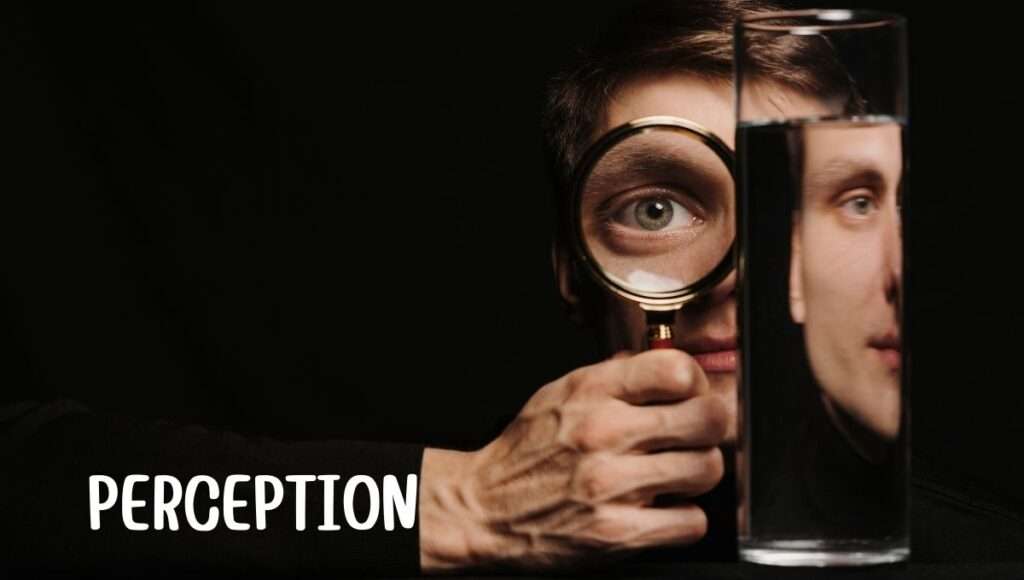
Seeing Isn’t Always Believing 🎩🐇
You know that age-old saying, “Don’t judge a book by its cover”? Well, it’s not just about books. It’s about people, situations, and those weird food combinations your friend swears by (pineapple on pizza, anyone? 🍍🍕).
Our brains are a bit like overeager detectives. They love to jump to conclusions based on the tiniest of clues. A glance, a gesture, a tone of voice – and bam! We think we’ve got the whole story. But here’s the catch: our perceptions can be as misleading as a magician’s trick.
The Perception Playground 🎠
Ever met someone and instantly thought, “We’re going to be BFFs!” only to realize later that you have as much in common as chalk and cheese? 🧀 Or maybe you’ve been on the other side, where someone misread your sarcasm as seriousness? (Come on, who hasn’t? 😜)
These are classic examples of perception at play. Our social cognition takes these quick snapshots and creates a narrative. Sometimes it’s spot on, and other times… well, let’s just say it needs a software update.
Reality Check ✔️
The key to mastering this aspect of social cognition is to constantly challenge our perceptions. It’s about taking a step back, looking at the bigger picture, and asking ourselves: “Is what I’m seeing really the truth, or is it just my brain’s version of reality?”
Remember, perception is a tool, not a truth-teller. And like any tool, it’s only as good as the person using it. So, the next time you find yourself jumping to conclusions, take a deep breath, channel your inner Sherlock, and look beyond the obvious. 🕵️♂️
Ready to unlock the next insight into the world of social cognition? Or should we pause for a dramatic effect? 🎭😉
Alright, let’s keep the momentum going! 🚀
Insight #2: The Power of Empathy in Social Cognition 💖🤲

Walking in Someone Else’s Shoes 👟👠
Empathy. It’s that warm, fuzzy feeling you get when you genuinely understand and share someone else’s emotions. But it’s more than just a feeling; it’s a superpower! 🦸♂️ And in the realm of social cognition, it’s like having a VIP pass to the inner workings of someone’s mind.
Why Empathy Rocks 🎸
Imagine you’re watching a tear-jerker movie 🎬. The protagonist is going through a tough time, and you can’t help but feel their pain. That lump in your throat? That’s empathy in action. It bridges the gap between mere observation and genuine connection.
But here’s the fun part: empathy isn’t just for movie nights. It’s a daily tool that helps us connect, understand, and, let’s be honest, avoid putting our foot in our mouth. 😅
Empathy in Action 🎭
I recall a time when a colleague seemed off. Instead of jumping to conclusions or gossiping, I decided to check in on them. Turns out, they were going through a rough patch. That simple act of reaching out, of showing empathy, transformed our relationship. We went from mere coworkers to genuine friends. 🤝
The Empathy Challenge 🏆
Empathy requires practice. It’s about actively listening, not just hearing. It’s about seeing beyond the surface and tapping into the unspoken emotions. So, the next time you’re in a conversation, challenge yourself. Try to truly understand the other person’s perspective. Trust me; it’s a game-changer! 🔄
Feeling the empathy vibes? Or curious about the next piece of the social cognition puzzle?🧠
Insight #3: Stereotypes and Their Influence on Social Cognition 🏷️🧠
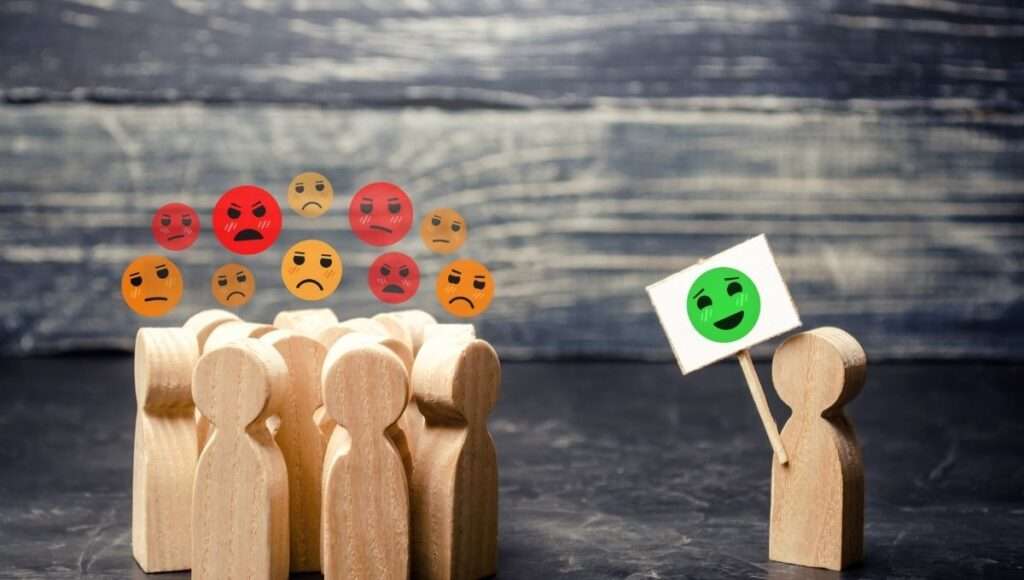
The Sticky Labels We Can’t Shake Off 🎫
Stereotypes. We’ve all heard them, and let’s be real, we’ve all used them. They’re like those catchy jingles from TV commercials – once they’re in your head, they’re hard to shake off. 🎶 But here’s the twist: while jingles can be fun, stereotypes? Not so much.
The Birth of a Stereotype 👶
Ever wondered where stereotypes come from? It’s simple. Our brains love shortcuts. Instead of processing heaps of information about every individual we meet, our brain goes, “Hey, I’ve seen this before!” and slaps on a label. Convenient? Maybe. Accurate? Not always.
The Good, The Bad, and The Ugly 🤠
Now, not all stereotypes are negative. Some might even seem flattering. But here’s the catch: even positive stereotypes can be limiting. They put people in boxes, robbing them of their individuality. And let’s not even get started on the negative ones. They can lead to prejudice, discrimination, and a whole lot of misunderstandings. 😓
Breaking Free from the Stereotype Trap 🚫🏷️
I remember once meeting someone from a country I knew little about. Instead of relying on stereotypes, I chose to approach them with an open mind. The result? A rich conversation, a new friend, and a lesson in the dangers of preconceived notions.
The key is awareness. Recognizing when we’re falling into the stereotype trap and challenging those beliefs. It’s about seeing people as unique individuals, not just members of a group. After all, wouldn’t you want to be seen for who you truly are? 🌟
Ready to challenge some stereotypes and dive into the next insight? Or perhaps take a moment to reflect? Your call! 😊🔍
Insight #4: The Significance of Memory in Social Interactions 🧠🔍
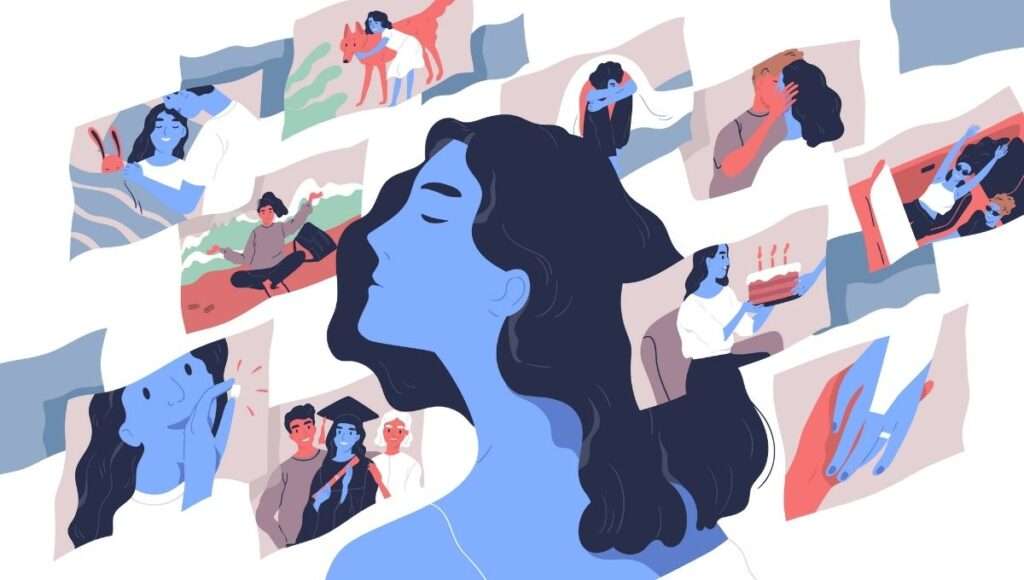
A Trip Down Memory Lane 🛤️
Memories. They’re like the photo albums of our minds, filled with snapshots of moments, both good and bad. But did you know that these memories play a starring role in our social interactions? Yep, every time we interact, our brain is busy sifting through these albums, influencing how we perceive and respond to situations. 📖
The Good Old Days… Or Were They? 🌅
Our memories aren’t just passive records; they’re dynamic and ever-changing. Ever had a situation where you and a friend recall the same event differently? That’s because our brains have a knack for editing, highlighting, and sometimes even deleting memories based on our current emotions and beliefs.
Memory’s Influence on Social Cognition 🔄
Let’s say you once had a bad experience with a dog. 🐕 Now, every time you see one, you might feel a twinge of fear, even if it’s the friendliest pup in the world. That’s your memory influencing your social cognition, painting your present with the brushstrokes of the past.
Navigating the Memory Maze 🌐
Being aware of the influence of memory is half the battle. The next time you find yourself reacting strongly to a situation, take a moment. Ask yourself: is this reaction based on the present or is it a ghost from the past? By distinguishing between the two, you can respond more authentically and avoid potential misunderstandings.
Feeling enlightened or curious for more? Let’s keep the insights rolling.
Insight #5: The Role of Attention in Social Situations 👀🔍
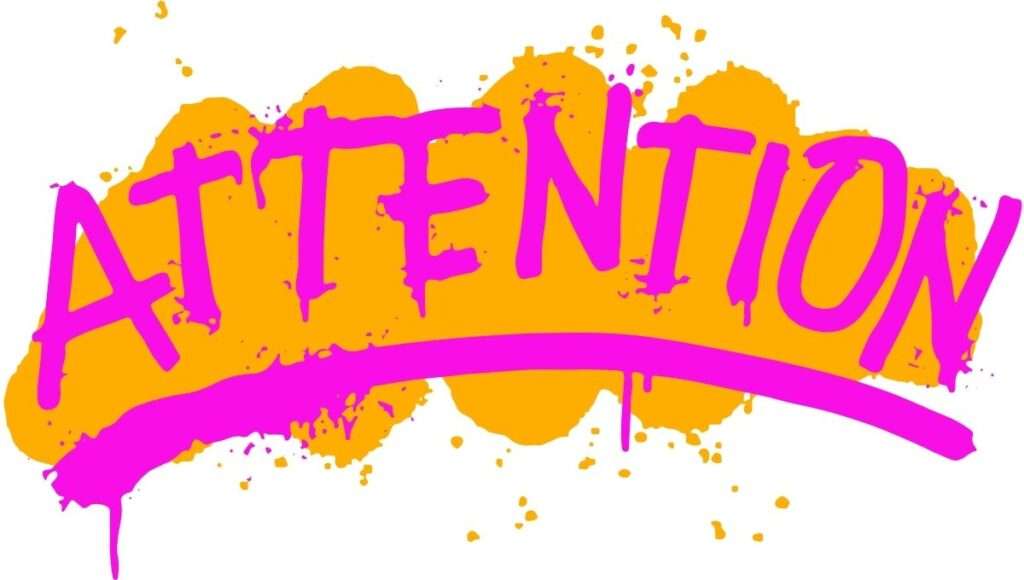
Spotlight On… Wait, What Was I Saying? 🎭
Ever been in a conversation where you’re nodding along, but your mind is miles away? Maybe you’re planning dinner, or replaying that embarrassing moment from three years ago. We’ve all been there. But here’s the thing: attention, or the lack thereof, plays a massive role in our social interactions.
Attention is like a spotlight. Wherever it shines, that’s where our focus goes. When we’re truly present in a conversation, it shows. We pick up on subtle cues, understand underlying emotions, and genuinely connect with the person in front of us. It’s like tuning into a radio frequency and hearing everything loud and clear. 📻
The Distraction Dilemma 🌀
In today’s digital age, distractions are everywhere. Phones beep, notifications pop up, and before you know it, your attention’s been hijacked. The result? Shallow interactions and missed opportunities to connect. Ever had someone glance at their phone while you’re pouring your heart out? Ouch. 😓
Mastering the Art of Attention 🎨
Being attentive is a choice. It’s about prioritizing the person and the moment over distractions. Next time you’re in a conversation, try this: put away the phone, mute the notifications, and truly listen. You’d be surprised at the depth and richness of interactions when you’re fully present.
Ready to shine the spotlight on the next insight? Or perhaps take a moment to reflect on the power of attention?
Let’s continue our exploration.
Insight #6: The Impact of Social Context 🌆🔍
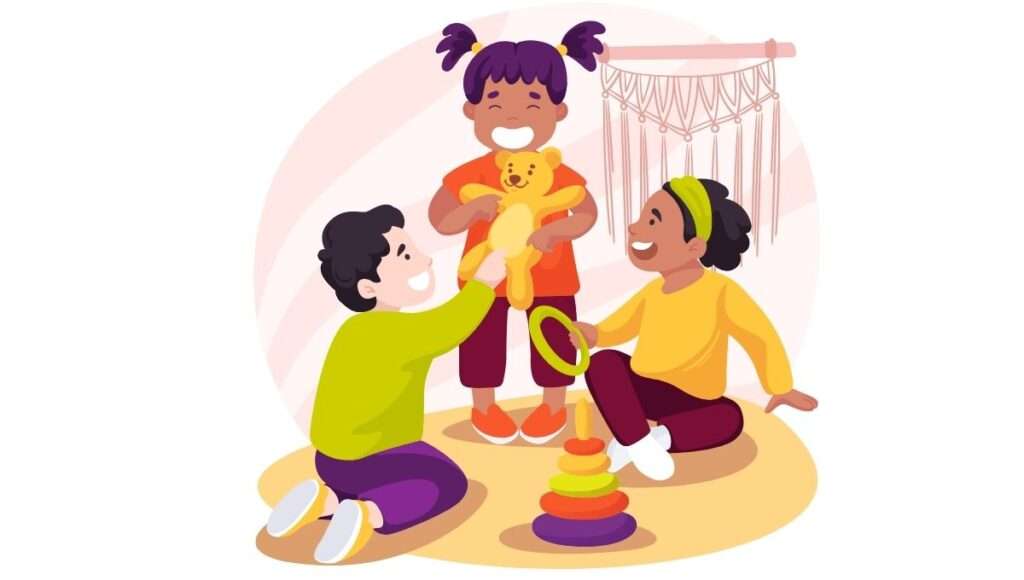
Setting the Stage for Social Interactions 🎭
Imagine wearing a tuxedo to a beach party or a swimsuit to a business meeting. Sounds absurd, right? 😂 Just as our attire needs to match the occasion, our social behaviors often change based on the context. The setting, the people, the cultural norms – they all play a part in shaping our interactions.
The Chameleon Effect 🦎
Humans are a bit like chameleons. We adapt to our surroundings. Ever noticed how your behavior might change when you’re with family versus when you’re with friends or colleagues? That’s the social context at work. It’s like having different dance moves for different types of music. 🎶
The Double-Edged Sword ⚔️
While adapting to different social contexts can be a strength, it can also be a trap. Ever felt the pressure to fit in, even if it meant suppressing your true self? That’s the downside. While it’s essential to be aware of the social context, it’s equally crucial to stay authentic.
Navigating the Social Seas 🌊
Being aware of the social context is like having a compass in the vast ocean of human interactions. It helps you navigate, adapt, and make meaningful connections. But remember, while the compass can guide you, you’re the captain of your ship. Stay true to your course and cherish the journey.
Eager to uncover the next piece of the social cognition puzzle? Or perhaps ponder over the role of context a bit more?
Let’s dive into our seventh and final insight.
Insight #7: The Interplay of Emotions in Social Cognition ❤️🧠
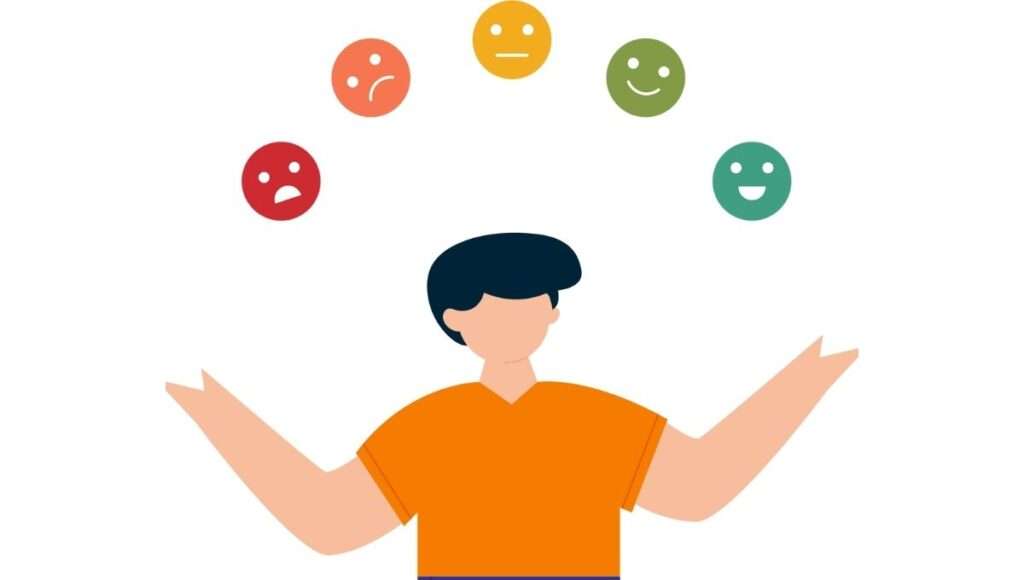
The Emotional Rollercoaster of Human Interaction 🎢
Ah, emotions. Those pesky little things that can turn a mundane day into a soap opera in seconds. 😅 Love them or hate them, emotions are the heartbeat of our social interactions. They color our perceptions, influence our responses, and sometimes, take us on wild, unexpected rides.
Feeling the Feels 😊😢😡
Ever walked into a room and felt a palpable tension? Or been around someone so joyful that their happiness was infectious? That’s the power of emotions in action. They’re like invisible threads, connecting us to others, weaving a tapestry of shared experiences.
The Emotional Filter 🌈
Our emotions act as filters for our social cognition. When we’re happy, the world seems brighter, and people appear friendlier. But when we’re down, even a well-intentioned comment can feel like a jab. It’s like wearing colored glasses – they can enhance, distort, or even block our view of the social landscape.
Mastering the Emotional Dance 💃
Being in tune with our emotions and those of others is crucial. It allows us to navigate the intricate dance of human interactions with grace and understanding. The next time you find yourself in an emotionally charged situation, take a deep breath. Recognize the emotions at play, both yours and theirs, and choose your steps wisely.
And there we have it! Seven powerful insights into the world of social cognition. Ready to reflect on these revelations or eager to delve into the next segment of our journey?
Alright! Let’s wrap things up and conclude our exploration of social cognition.
Conclusion: Navigating the Social Labyrinth with Grace 🌐🕊️
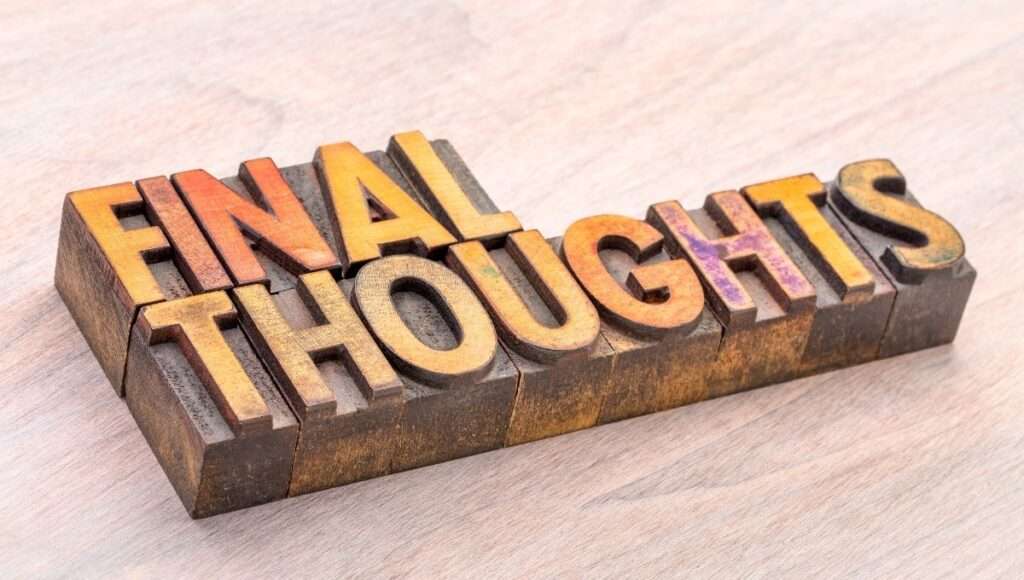
The world of human interactions is vast, intricate, and at times, downright perplexing. But as we’ve journeyed through the seven insights into social cognition, one thing becomes clear: understanding the underpinnings of our social behaviors is the key to unlocking richer, more meaningful connections. 🗝️❤️
From the subtle nuances of perception to the powerful pull of emotions, every aspect of social cognition shapes the tapestry of our relationships. And while the journey may be filled with twists and turns, missteps, and revelations, it’s a journey worth embarking on. 🌟
Because at the end of the day, what’s life without the joy of genuine human connection? Whether it’s a shared laugh 😂, a comforting hug 🤗, or a deep conversation under the stars 🌌, it’s these moments that make life truly magical.
So, as you step out into the world, armed with these insights, remember: that every interaction is an opportunity. An opportunity to learn, to grow, and to cherish the beautiful dance of human connection. 💃🕺
Thank you for joining me on this enlightening journey through the realm of social cognition. Whether you’re a seasoned social butterfly 🦋 or someone looking to improve your interpersonal skills, I hope these insights serve you well. Until next time, keep connecting, keep growing, and keep being you! 😊🌟.
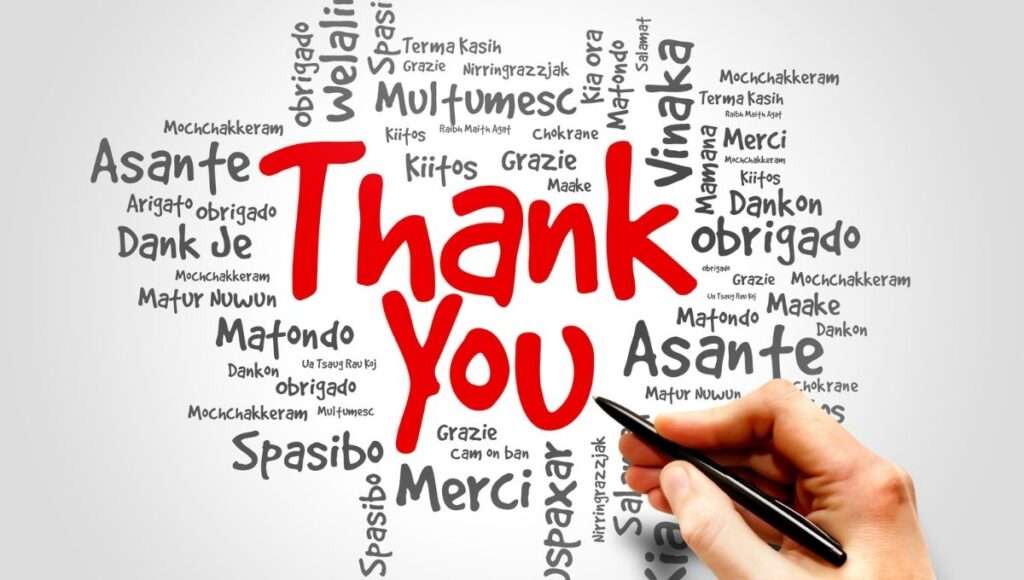
FAQs
What’s the biggest takeaway from understanding social cognition?
It’s the key to deeper, more meaningful human interactions.
Can I improve my social cognition skills?
Absolutely! Like any skill, it can be honed with awareness, practice, and genuine curiosity.
How do emotions and social cognition relate?
Emotions act as filters for our social cognition, influencing how we perceive and respond to situations.
Why is being aware of stereotypes important in social cognition?
Stereotypes can limit our understanding and lead to misconceptions. Challenging them can lead to more authentic interactions.
How does memory play a role in our social interactions?
Our memories, both good and bad, influence our perceptions and reactions in social situations.
